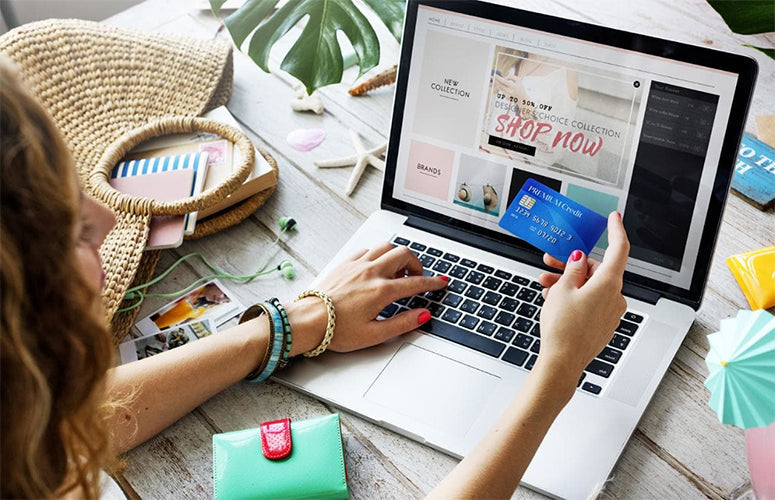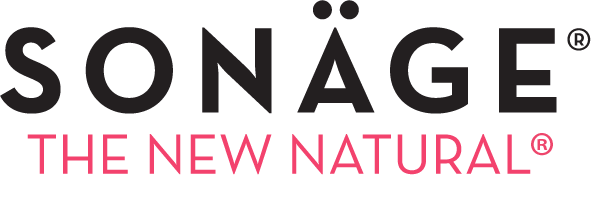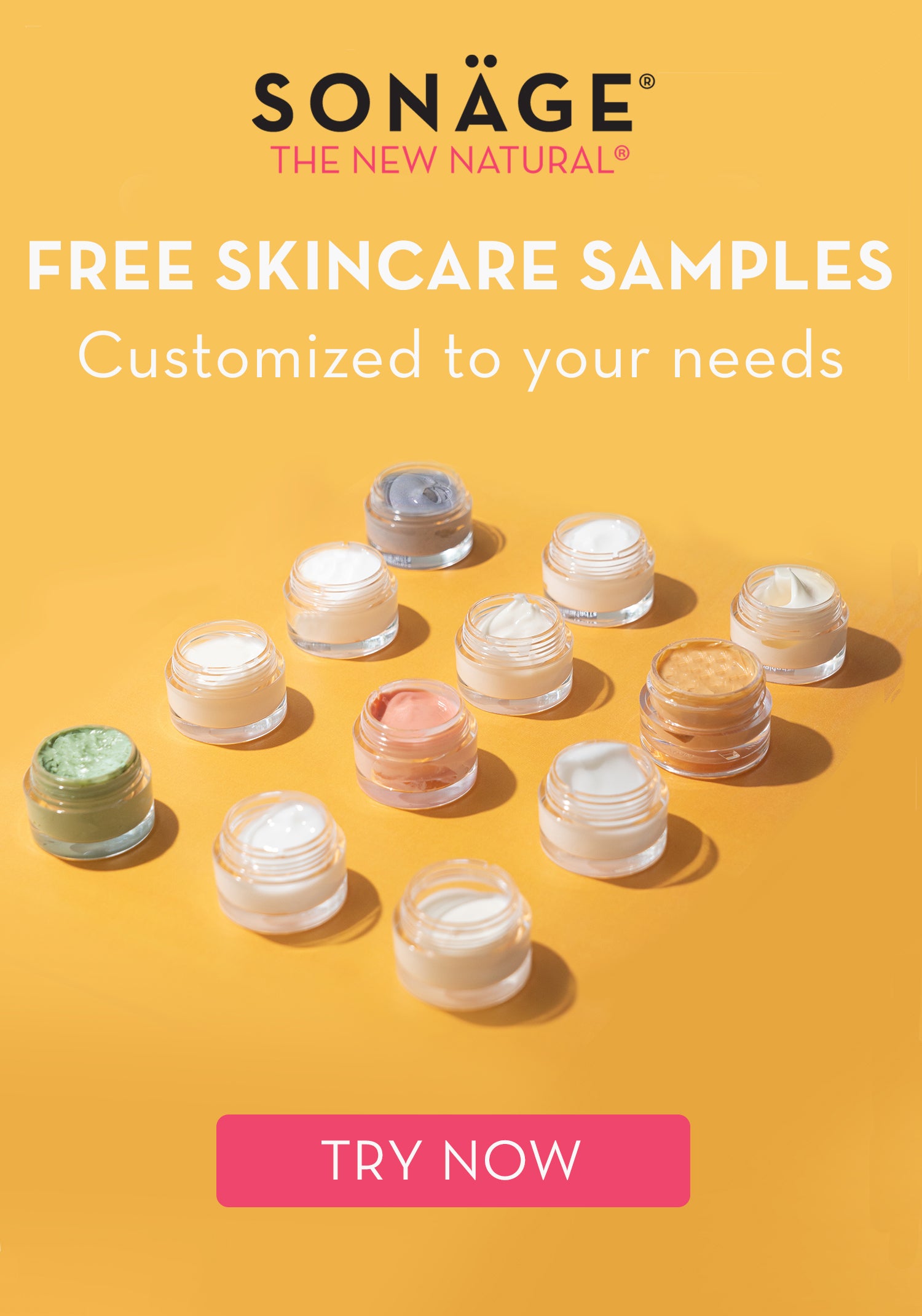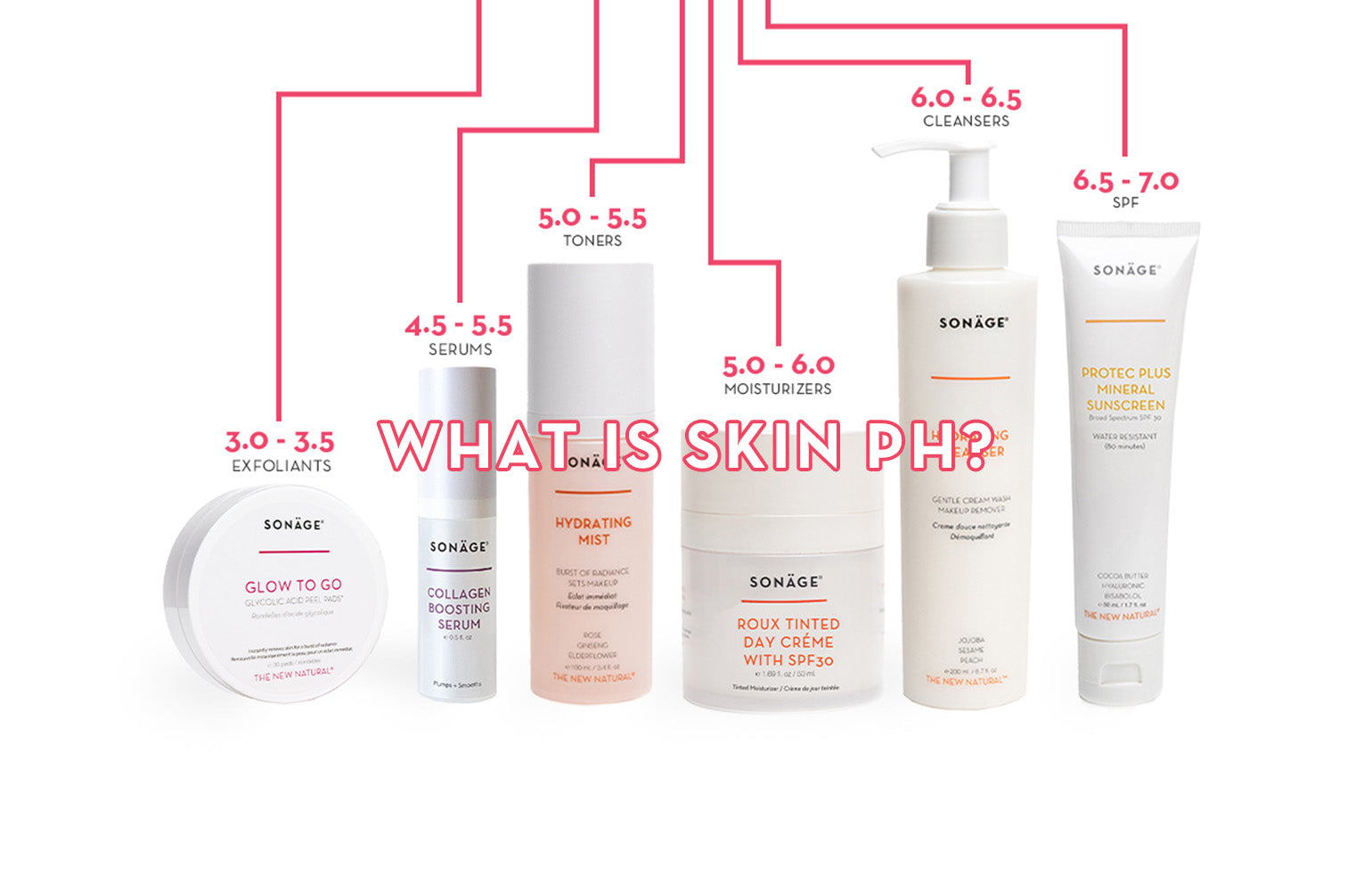
AT A GLANCE
-
WHAT IT IS
Counterfeit products is a big and ongoing problem for makeup and skincare brands -
WHAT IT DOES
Counterfeit products can wreak havoc in the business industry and on your face. Applying fake product can cause many problems such as skin irritation and rashes. Purchasing from reputable websites and companies is important and proper research should be done
Amazon, Counterfeit Beauty and The Gray Market
With increased transparency in the beauty industry and more awareness about the ingredients going into products, it’s assumed that most beauty products are generally safe. But, a trending topic has brought to light that sometimes beauty isn’t as safe as it seems. Beyond ingredient disclosure, there’s a major topic we should all be aware of – counterfeit beauty.
THE COSTS OF COUNTERFEIT BEAUTY
Counterfeit beauty isn’t a new topic; fake personal care items are now more common than knockoff handbags. We’re not talking about beauty dupes, but complete knockoffs of products from reputable brands. Recently, Downtown Los Angeles authorities seized over $700,000 in counterfeit cosmetics products from street vendors – bringing this issue to the forefront of major media attention. Counterfeit products are generally manufactured in massive warehouses overseas, or other unregulated environments. It was revealed that the seized beauty knockoffs contained traces of bacteria, lead and even human and animal waste. It’s one thing to not get what you paid for, but this type of counterfeit beauty can have real consequences for the safety of those using the products. Customers suffered from rashes, skin irritations and even eye infections after using knockoff products from their favorite cosmetics brands, including Urban Decay and Kylie Cosmetics. Beyond the implications that counterfeit beauty has on our health, it’s also a business that has widespread effects and untold costs. Often times, customers don’t know where the money made from counterfeit beauty is going. Low-level sellers are connected to mid-level suppliers and massive high-level product dealers, and the profits could be funding trafficking or child labor, something most people don’t realize. It’s a major problem accounting for a half trillion dollars a year in sales.
COUNTERFEIT SKINCARE
Counterfeit beauty isn’t limited to makeup – skincare products are at risk as well. But why do customers fall for counterfeit beauty? It happens for two reasons: Identical Packaging and Best Price. In many cases, it’s hard to tell the difference between a counterfeit product and a real one. Counterfeit products often come in nearly identical packaging to the products they’re mocking. In some cases the packaging is actually identical, and is just being sold by an unauthorized retailer on the gray market. Large retailers that are not authorized by a brand may be able to get their hands on products from distributors who have actual contracts with a brand. These retailers then turn around and sell the products in mass - at a lower cost. Re-selling products isn't technically illegal, but the products are not theirs to sell and they're generally not as effective as the product that comes straight from the brand itself. We all love beauty, and our daily skin care routine is one of our favorite activities. But in all honesty, it’s a love that can get pretty expensive. When we see a good deal on top of the line products, most of us waste no time in making a purchase. Customers tend to search by price, and usually the best price will get the purchase. But, increasingly customers are falling prey to unauthorized third-party sellers who discount counterfeit or expired beauty products. Dermatologists are increasingly seeing counterfeit products, with natural ingredients being replaced with glue or rubbing alcohol – but from the outside it’s hard to tell that the product is fake. Aside from harmful ingredients, a counterfeit product may be an original product that has expired, making it unsafe or completely ineffective. This is especially true when shopping for products with organic ingredients that have a designated shelf life. Many major brands have set up protections to stop the sale of counterfeit beauty products in its tracks. Major parent company, Estée Lauder Companies has even set up operations to find and seize knockoffs of its products. In 2015, the U.S Department of Homeland Security’s National Intellectual Property Rights Coordination Center launched Operation Plastic Beauty – to stop the spread of fake health and beauty products.
E-COMMERCE CATASTROPHE
The counterfeit beauty issue has expanded beyond physical vendors; it’s made its way into sophisticated e-commerce sites– especially Amazon. More than one-third of all beauty products purchased online are bought through Amazon. It’s no secret that Amazon is the top player in the sale of all products from books to electronics, beauty and even groceries. It was even recently reported that the retailer has more paid members than Costco. However, with such a large e-commerce site, it’s easy for fake products to slip through Amazon’s radar. Beauty is among the top three counterfeited categories of products being sold online. Unauthorized sellers are tricking customers into believing the products come from the retailer, especially because of their high customer ratings. When shopping for skincare, customers put a lot of effort into finding products with ingredients that will suit their needs. Likewise, most brands put great consideration into the ingredients used in their products, and manufacture them under strict quality controls. But, counterfeit beauty products don’t have these standards to uphold, ruining the integrity of the industry and making your beauty search a waste. This issue doesn't just hurt customers but it also hurts the brands that have worked hard to bring their products you.
STAYING SAFE IN THE BEAUTY SPACE
A couple of years ago, we at Sonage found our business negatively impacted by unauthorized sellers and discounters on Amazon. Our products appeared on the site without our consent, and we decided to be our own seller on the Amazon platform so we could control pricing and our brand’s reputation and image. Cleaning up and eliminating all unauthorized sellers was a arduous undertaking and we’re now constantly on watch to ensure more offenders don't pop up. A good deal can be irresistible, but sometimes the best price doesn’t necessarily mean the best deal. Our advice to shoppers is to always make a purchase through the company website, authorized retailers or verify that the company has its own store on Amazon. If you’re unsure, reach out to the brand’s customer service contact – they will likely be more than willing to help you. Keep an eye out for a brand’s promotions and sales, and you’ll be sure to score a deal. But, if you find a deal somewhere on the web that seems to good to be true, it probably is.



